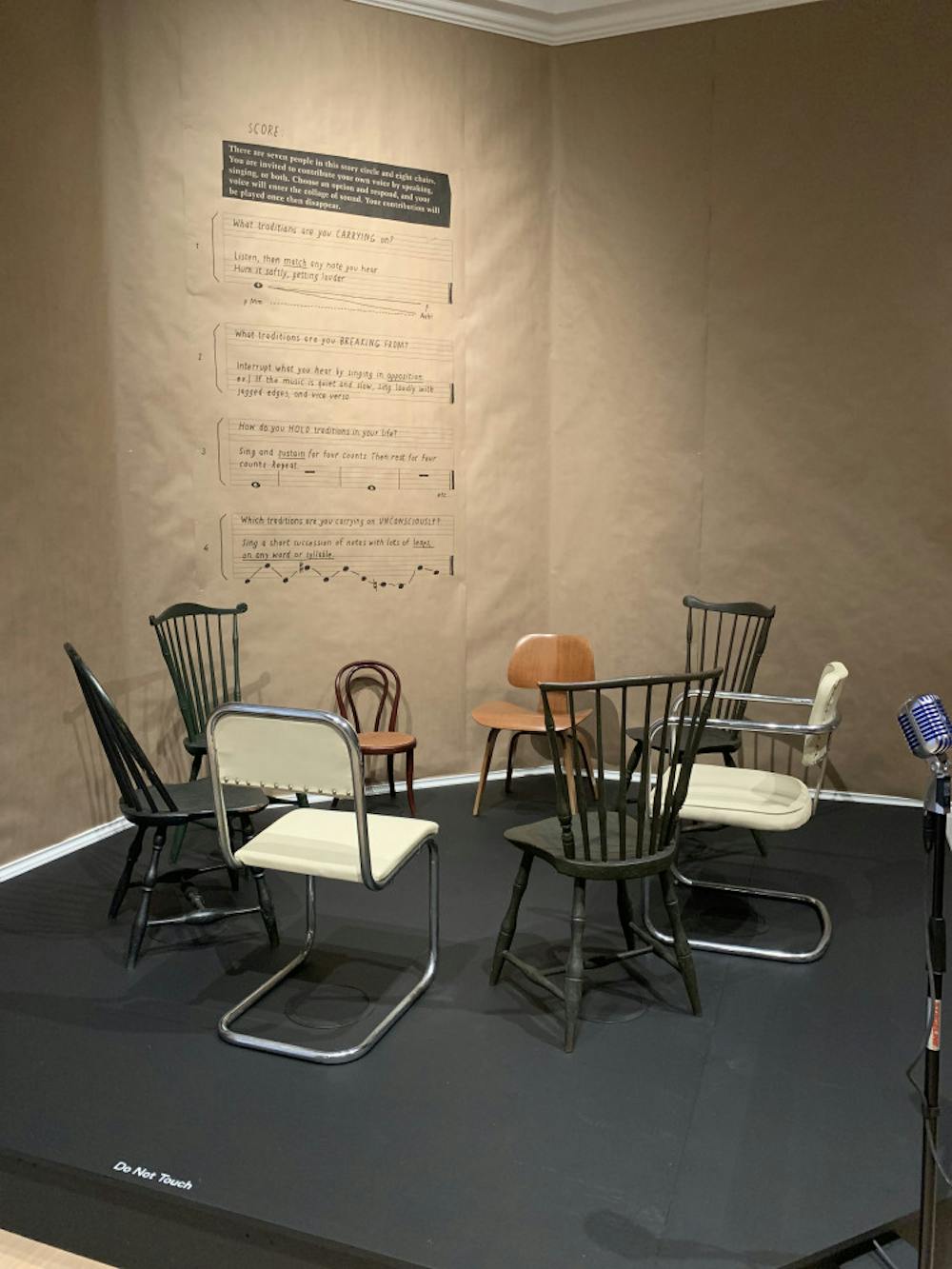The Rhode Island School of Design Museum opened its new exhibit, “Raid the Icebox Now,” on Sept. 13 to celebrate the fiftieth anniversary of the museum’s original “Raid the Icebox,” curated by Andy Warhol.
The original exhibit opened April 23, 1970, and has since been renowned for its innovative curatorial style, which placed value on the act of curating itself: identifying, acquiring and collecting. What made Andy Warhol’s exhibit particularly special is that it emphasized “the artist as curator,” Mousse Magazine noted. By enlisting artists and designers to create work unfiltered by a more traditional curatorial process, “Raid the Icebox Now” invites artists and audiences to perceive museums less as a pristine gallery space and more as an interactive experience that challenges the norms of the art world.
The exhibit explores the same relationships between the museum, artist and audience that Warhol questioned in his 1970 experiment. John Smith, who formerly worked at the Andy Warhol Museum in Pittsburgh, PA, for over ten years, is now the director of the RISD Museum. “This project allows for a broad section of the museum’s curators to work deeply with a wide range of artists,” Smith said. “It (makes us) think about the ways that artists see objects in the museums … and museum collections.”
Smith went on to describe how “Raid the Icebox Now” subverts traditional curatorial modes. “Curators, by their training, often seek in rather academic or historical ways, and artists, by their nature, are thinking outside of those boundaries,” he commented. He emphasized that the exhibit highlights the “good middle ground, where curators can think more openly about how we present objects and the kinds of stories we tell.”
The exhibit showcases work by artists and collectives such as Pablo Bronstein, Beth Katleman, Simone Leigh and Triple Canopy, among others. Katleman, whose work involves porcelain sculptures and ceramic installations, described Warhol’s influence on both her work and the exhibit. “It is the contemporary version of how an artist would like to interact (with their audience) in a museum,” she said. “I also realized how strong an influence Warhol has had on my own work,” Katleman stated, referring to her porcelain and ceramic molds. “His work is so much part of the conversation and air that we breathe.”
From The Herald’s April 24, 1970 issue, Steve Wolinsky ’71 wrote about Andy Warhol’s original “Raid the Icebox.” The article details how Warhol “raided RISD’s backrooms, collected everything that struck his fancy, including three armoires of old shoes, thirty chairs, … and a Degas pastel, and put them in a touring show which naturally became the rave of the Pop Art world.” Wolinksy goes on to describe a chaotic press conference held at the RISD Museum featuring discussions of Warhol’s reaction to audience members, his bus commute to Providence and his striking platinum-blond hair. Members of the art world were shocked to see famous impressionist paintings lying next to antique chairs by anonymous designers. Today, the exhibit revisits this symbol of the dichotomy by incorporating chairs, stacked in rows or arranged in a circle for a performance piece, recalling Warhol’s subversive curatorial ideas. The unfiltered nature of this exhibit is especially prominent compared to other, more traditionally cohesive displays of paintings in adjacent galleries of the RISD Museum.
Museum visitor Harry Liner spoke of his interest in the exhibit. “I think it is really cool that the exhibit reinvents curation processes,” he said. “It is hard to remember that everything we see in a typical museum is specifically chosen for a message or statement.”
Visitors can see “Raid the Icebox Now” at the RISD Museum from Sept. 13, 2019, to Nov. 1, 2020. Currently on view is “Witnessing” by Sebastian Ruth in collaboration with Jessie Montgomery, as well as “New American Scenery” by Paul Scott.





